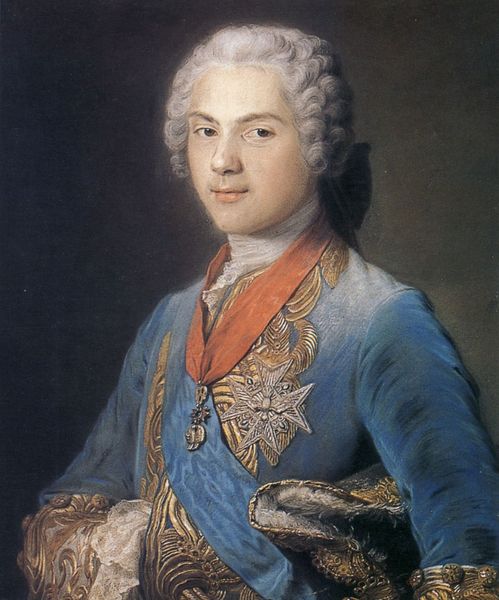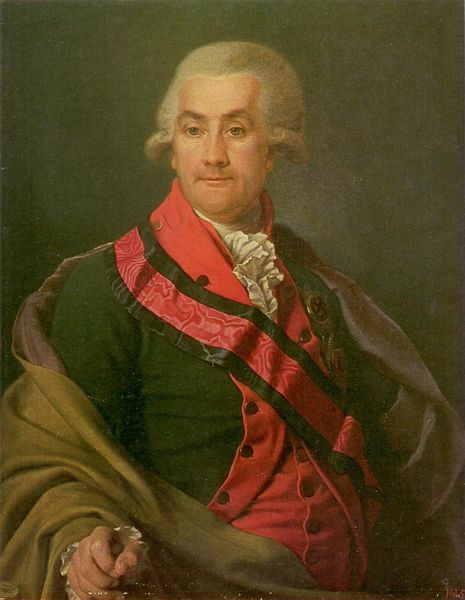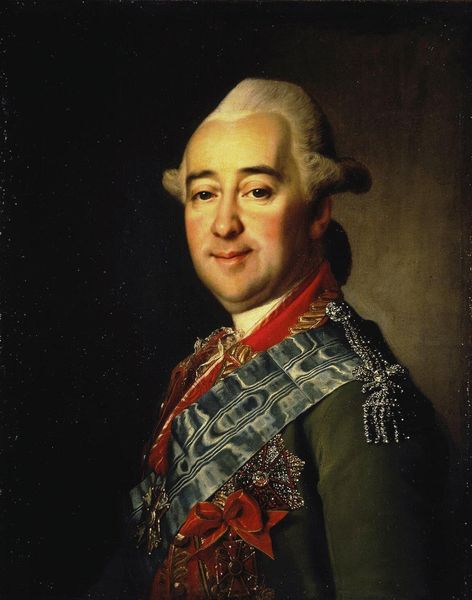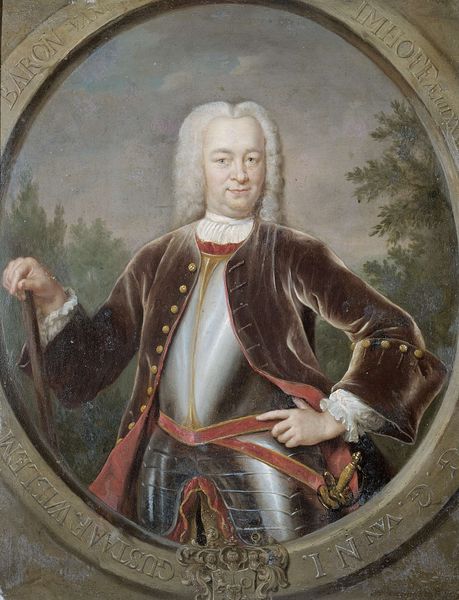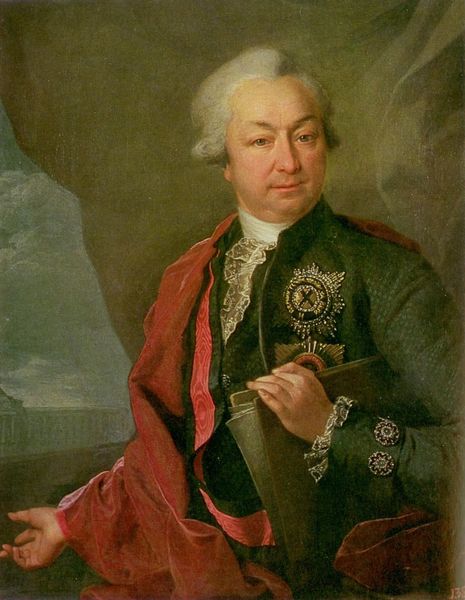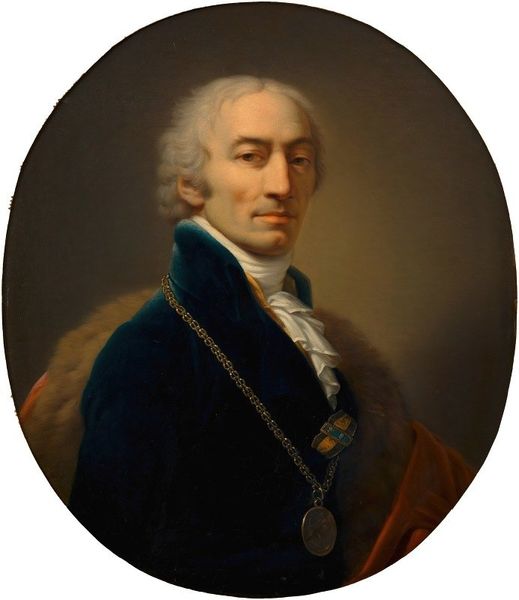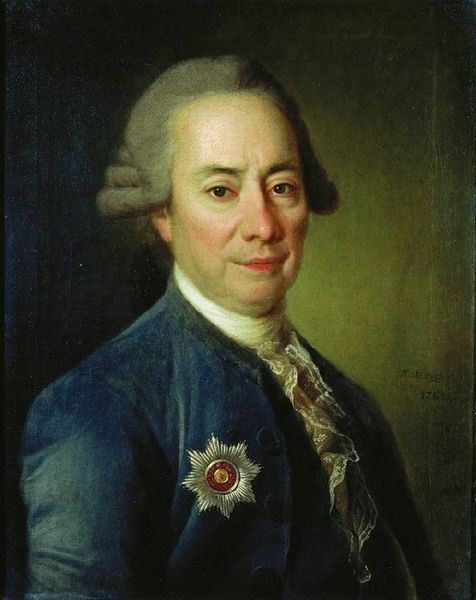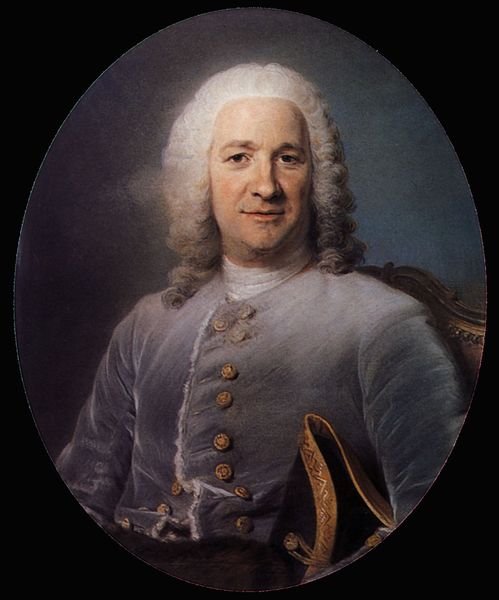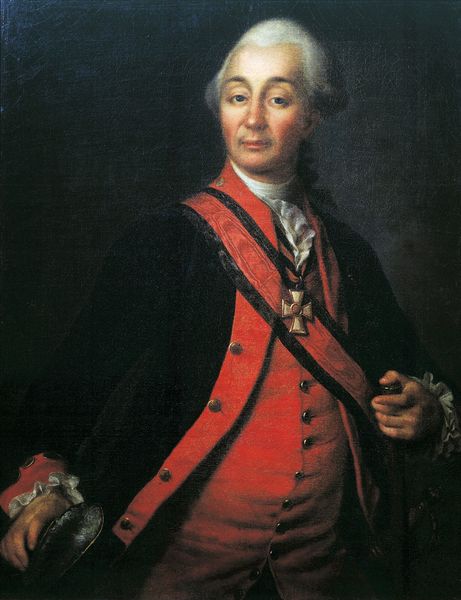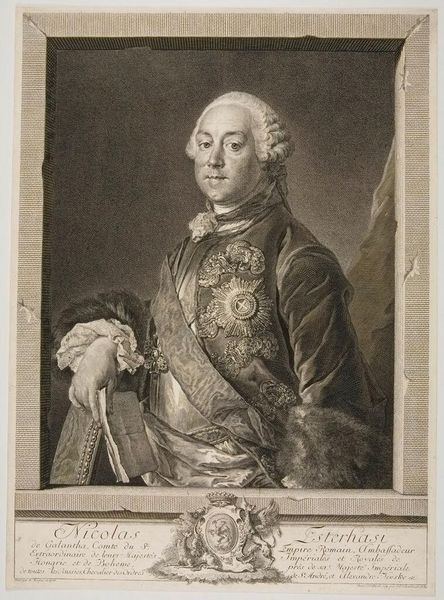
painting
#
portrait
#
baroque
#
painting
#
romanticism
#
history-painting
#
academic-art
#
rococo
Copyright: Public domain
Maurice Quentin de La Tour captured Honore Armand, Duke of Villars, in this pastel portrait now housed in the Musée Granet. Note how La Tour's expert handling of pastels creates a soft, almost luminous effect, enhancing the Duke's aristocratic presence. The composition is structured around a contrast of textures and forms. The plush fur and ornate fabrics of the Duke's attire are juxtaposed with the smooth, almost porcelain-like treatment of his face. This contrast invites us to consider the semiotics of representation. Here, clothing signifies status, while the individual's likeness hints at character. The colour palette, dominated by pastels, is also crucial. The subtle gradations of colour on the Duke's face create depth, while the overall muted tones exude refinement. But the portrait is not merely a record of appearance. It destabilizes conventional portraiture, inviting viewers to question the values and categories of the time. Consider how La Tour uses formal elements to convey not just likeness, but also the complex interplay of identity, status, and representation in 18th-century France. The image functions aesthetically and as part of a larger cultural and philosophical discourse.
Comments
No comments
Be the first to comment and join the conversation on the ultimate creative platform.

